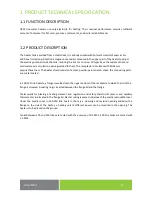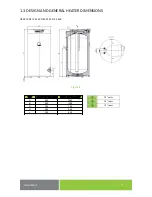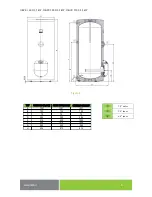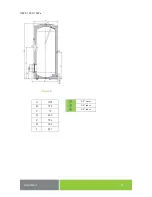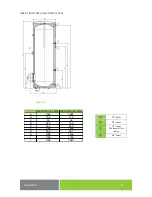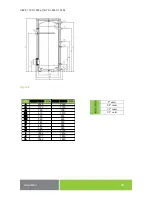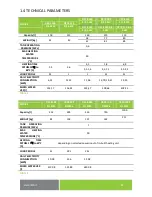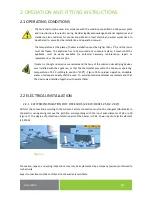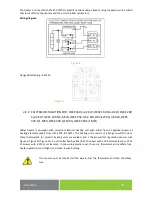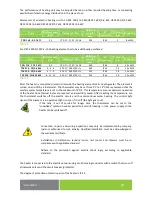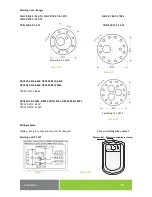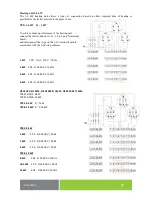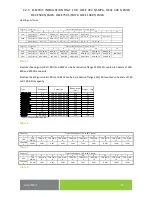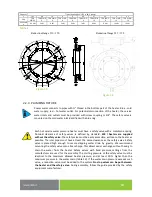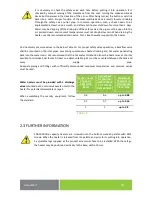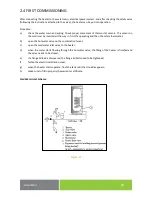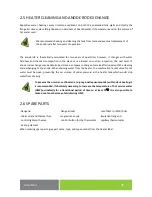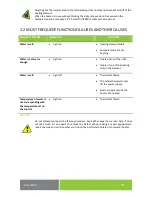
-
18
-
Capacity
Time of heating from 10°C to 60°C (hours)
L
14,1
9,8
7,5
6
5
4,2
3,7
3,3
3
2,5
500
TPK
210/2.2
TPK 210/3-
6
TPK 210/3-
6
TPK 210/5-
9
TPK 210/3-
6
TPK 210/5-
9
TPK 210/8-
12
TPK 210/5 -
9
TPK 210/8-
12
TPK 210/8-
12
Connectio
n
.2.2 kW
3 kW
4 kW
5 kW
6 kW
7 kW
8 kW
9 kW
10 kW
12 kW
Table 9
Reduction flange 210 / 150
Reduction flange 225 / 150
Figure 15
Figure 16
2.2.4
PLUMBING FIXTURE
Power water connects to pipes with ¾“ thread in the bottom part of the heater.
Blue
-
cold
water supply, red
–
hot water outlet.
For potential disconnection of the heater, the service
water inlets and outlets must be provided with screw coupling Js 3/4“.
The safety valve is
mounted on the cold water inlet identified with a blue ring.
Each hot service water pressure heater must have a safety valve with a membrane spring.
Nominal clearance of safety valves is defined by standard.
300 l heaters are supplied
without the safety valve.
The safety valve must be easily accessible, as close to the heater as
possible.
The inlet pipes must have at least the same clearance as the safety valve.
Safety
valve is placed high enough to secure dripping water drain by gravity.
We recommend
mounting the safety valve onto a branch pipe.
This allows easier exchange without having to
drain the water from the heater.
Safety valves with fixed pressure settings from the
manufacturer are used for the assembly.
The starting pressure of the safety valve must be
identical to the maximum allowed heater pressure, and at least 20 % higher than the
maximum pressure in the water main (Table 10).
If the water main pressure exceeds such
value, a reduction valve must be added to the system.
No stop valves can be put between
the heater and the safety valve.
During assembly, follow the guide provided by the safety
equipment manufacturer.

